World View
These days, Matt Khourie is finally getting a breather from a task that has taken up a hefty portion of his three years as CEO of CBRE Global Investors: assembling a gigantic jigsaw puzzle.
Matt Khourie Expands CBRE Global Investors’ Reach
These days, Matt Khourie is finally getting a breather from a task that has taken up a hefty portion of his three years as CEO of CBRE Global Investors: assembling a gigantic jigsaw puzzle. In this case, the pieces extended across three continents—components of one of the industry’s biggest recent mergers. In late 2010, CBRE Group Inc. agreed to pay $940 million for ING Real Estate Investment Management’s European and Asian operations, as well as ING Clarion Real Estate Securities. The acquisition added some $60 billion worth of assets to CBRE Investors’ management portfolio, thereby strengthening its elite position among real estate investment managers. By the end of last year, its assets under management totaled $92 billion. To emphasize its newly expanded geographic reach, the firm added “Global” to its corporate handle.
After the deal’s final phase closed in October 2011, Khourie spent much of the first half of 2012 overseeing the integration of the legacy ING REIM elements into his own shop. His initial assessment of the complex process: So far, so good. “You never know precisely how it’s going to work out, and I’m very pleased that it worked out so well,” he reported.
Executing the ING REIM deal has bolstered Khourie’s reputation for attending to both the big picture and the details. “He’s very professional, transparent; he listens; and most important, he follows up,” elaborated Eric Lang, managing director of real assets at the Teacher Retirement System of Texas, for which CBRE Global Investors manages a sizeable portfolio of real estate assets. The example set by Khourie filters down to the responsiveness and professionalism of his team, Lang said.
Looking back, Khourie speculates that the choice to pursue the merger at an unhurried pace has contributed to a smooth transition. “It was doable, because we felt our chances were good to buy ING REIM back in late 2010,” Khourie explained. “We had a lot of time to put the pieces together.” In July 2011, CB Richard Ellis wrapped up the purchase of ING Clarion Securities and renamed the company CBRE Clarion Securities. Next to close, on Oct. 3, was the deal for ING Real Estate Investment Management’s Asian region. The newly rebranded CBRE Group Inc. wrapped up the acquisition of the European segment on Oct. 31. A notable challenge of the acquisition was the time-consuming process of navigating Europe’s complex regulatory and approval structures.
Khourie said the merger is justifying his confidence in the cultural fit between the companies. “(The ING REIM professionals) were very eager to work for a real estate company,” he explained. “There’s a lot of investment managers in our business that are owned by non-real estate companies”—a category of buyers not preferred by the ING REIM team. Under the auspices of a real estate company, the ING alumni feel they can be nimbler and more customer-focused than ever before, he added.
The ING merger marked the latest milestone for a company that has evolved continually during its four-decade history. CBRE Global Investors’ roots extend back to 1972, when it was launched as the investment management arm of Coldwell, Banker & Co. It expanded in 1995 with CB Commercial’s acquisition of Westmark Realty Advisors. Following the CB Commercial-Richard Ellis International Ltd. merger three years later, the affiliate was renamed CB Richard Ellis Investors. In 2000, the firm launched the first in a series of value-added Strategic Partners investment funds. Those vehicles are still overseen by their founder, Vance Maddocks, who did double duty as CBRE Investors’ CEO from 2007 until he was succeeded by Khourie in 2010.
Today, the company offers more than 70 direct investment separate accounts and nearly 60 direct funds. Programs encompass all major property categories and range in focus from core and core-plus to value-add and opportunistic vehicles. The company’s real estate securities unit manages upwards of $23 billion in assets. Rounding out the portfolio, CBRE Global Investors’ global multi-manager team—acquired in 2006 as Oxford Property Consultants—handles investments valued at $12 billion.
As the latest in this series of major corporate moves, the ING REIM merger has had far-reaching implications. The acquisition added $29.5 billion worth of assets in Europe, $5.1 billion in Asia, $19.4 billion worth of listed securities and $5.8 billion in a global fund of funds. The acquisition has reshaped CBRE Global Investors’ portfolio on multiple fronts. “In Europe, our legacy business had very little exposure in shopping centers, but the ING REIM team is one of the leaders in this sector in Europe,” Khourie explained. “We are now able to offer our investor clients a product type in Europe that we weren’t able to offer effectively before.” By the end of 2012, the value of the firm’s European holdings stood at $35.5 billion, more than twice the size of its North American assets (at $16.7 billion).
In Europe, CBRE Global Investors is particularly bullish on London, Scandinavia, Germany and select markets in Central Europe. Last year, it ramped up its U.K. investments to 106 deals and 980 million pounds (nearly $1.5 billion) from 77 transactions valued at 332 million pounds in 2011. So far in 2013, its U.K. acquisitions include retail and mixed-use properties in Brighton and Brixton, and office and mixed-use properties in Central London. Elsewhere in Europe, Chambers Street Properties, a non-traded REIT sponsored by CBRE Global Investors, bought a new 1.1 million-square-foot distribution center in Koblenz, Germany, last September.
Another recent milestone was the December 2012 closing of the latest fund sponsored by CBRE Strategic Partners. Exceeding its initial target by about 25 percent, the fund raised almost $1.1 billion from 22 institutional investors in the United States and Europe. The fund’s managers expect to leverage that equity into $2.7 billion worth of buying power for acquiring institutional-caliber assets in major U.S. markets that offer healthy upside potential.
Winds of Change
As he surveys the landscape, Khourie detects a growing preference for separate accounts. “Most institutional investors are moving toward investment vehicles where they can exert more control,” he observed. Particular interest is coming from midsize players like pension funds and foreign life insurance companies. Their accounts typically range from $150 million to $500 million in equity.
After an up-and-down year for commercial real estate investment in 2012, Khourie is upbeat about the market’s prospects. One factor in his positive outlook is a more stable financial and economic climate in the company’s key markets. A strong comeback for securitization, coupled with a largely disciplined approach to debt, is promoting investor optimism. “In the U.S., there’s a lot of good opportunity this year. We believe it’s a great time to sell core assets,” he observed. “We’re actively selling the product that we were able to stabilize and can now bring to market.”
That trend is driven by a demand for assets in gateway cities that produce steady income. In February, CBRE Global Investors began testing the waters by putting several multi-market office portfolios on the block. One encompasses five buildings totaling 2.9 million square feet in Downtown Chicago and the metropolitan Dallas and Atlanta markets. The firm is also shopping a 2 million-square-foot group of six properties in submarkets of Los Angeles, Houston, Dallas and Washington, D.C., along with West Palm Beach, Fla.
On the buy side, CBRE Global Investors’ recent U.S. acquisitions include 400 S. Hope St., a 701,535-square-foot Downtown Los Angeles office tower that was acquired last July. In a bid to capitalize on Seattle’s burgeoning office market, the company is making a value-added play with a vintage office tower. Last year, CBRE Global Investors’ debt investment platform, CBRE Capital Partners, bought Smith Tower, a 42-story Downtown tower in Seattle’s Pioneer Square district. Completed in 1914, the property was the tallest building west of the Mississippi River until 1931. As part of the transaction, CBRE Capital Partners also acquired the adjacent Florence Building, a century-old, 7,700-square-foot mixed-use property. CBRE Capital Partners bought the buildings in a foreclosure sale after acquiring non-performing loans on the assets in the fall of 2011.
In the multi-family sector, last year’s highlights include the acquisition of two upscale apartment complexes totaling 430 units near Baltimore in Towson, Md., and a 350-unit property in the Denver suburb of Littleton, Colo. Recent major additions to CBRE Global Investors’ industrial assets included a 1.4 million-square-foot distribution center in the Chicago suburb of University Park, Ill., acquired last April. The buyer was CB Richard Ellis Realty Trust, a non-listed REIT sponsored by CBRE Global Investors and since renamed Chambers Street Properties.
While Europe’s economies have plenty of challenges ahead, the European Union’s steps to shore up weaker partners have calmed investors’ fears. As a result, Khourie said, Europe is increasingly commanding
attention on the other side of the Atlantic. “More U.S. capital is kicking the tires,” Khourie reported. “Now that the uncertainty has lifted a bit, you’ll see increased U.S. activity there.”
In Asia, CBRE Global Investors’ recent moves include its acquisition last October of the Hewlett Packard Korea Building, a 462,848-square-foot Class A property in Seoul. HP will lease back about half the space in the building, which is also known as HP Korea House, for the next five years. Regarding another closely watched Asian economy, Khourie said, “We are also optimistic about China and believe that it won’t be a hard landing.”
A lifelong real estate professional, Khourie made his first foray into the business in the 1970s as an undergraduate at the University of California, Davis. Between his junior and senior years, he teamed up with a classmate to open a small shop at the Cannery, part of the Fisherman’s Wharf retail complex in San Francisco. Khourie’s experience there helped fuel his interest in retail and in real estate; for the next seven years, he managed to balance store ownership with college, graduate school and other obligations.
After earning his MBA at Stanford in 1980, Khourie started his long run at Trammell Crow as a Houston-based retail leasing agent. He spent the next decade rising through the ranks, earning promotions to division partner for Houston retail in 1983 and to head of the Houston office the following year. When the development market began softening in the mid-1980s, he turned his focus to asset management.
In 1987, Khourie added the company’s retail practice in the Northeast to his responsibilities. Two years later, he was made area partner for Houston. Next came promotions to senior managing director in 1997 and to president of development and investment for the Central United States in 2004.
In 2008, two years after the merger with CB Richard Ellis, Khourie was appointed president of development and investment for Trammell Crow’s Southeast region. The following July, he completed 29 years of service with Trammell Crow and moved over to CBRE Investors. Taking the title of president, he supervised the company’s day-to-day operations. Then, in April 2010, Khourie stepped into the CEO’s chair as Maddocks shifted to full-time focus on the company’s Strategic Partners funds.
As he oversees an enterprise that extends across three continents, Khourie maintains his personal touch. Not long ago, he formed a mentoring bond with a young member of the Texas Teachers’ real estate investment team after discovering that she had taken the same management and leadership course at the University of Texas in which his own daughter was then enrolled. Khourie followed up their conversation with an email sharing some of the leadership principles that he considers most meaningful.
In so doing, Khourie showed his own drive to keep honing his leadership skills, Lang noted. Equally revealing were his generosity and mentoring instincts. “We deal with some of the most successful and powerful executives out there,” Lang noted. “It’s always nice when they try to go above and beyond and build a relationship with my team—and not just me.”
During his three decades in the business, it is fair to say, Matt Khourie has made the practice of going above and beyond a personal trademark.

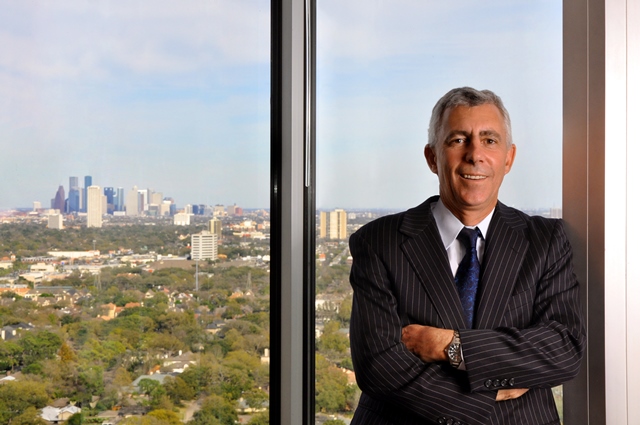
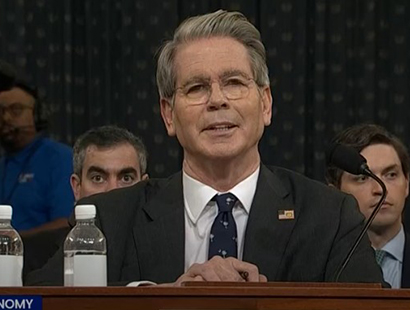

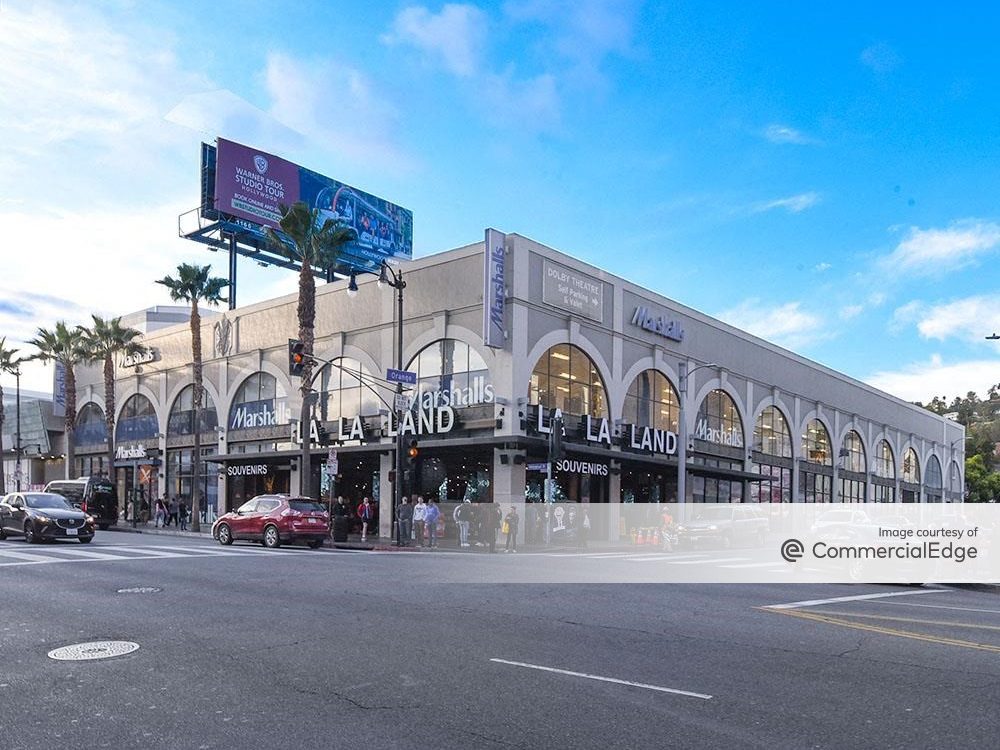
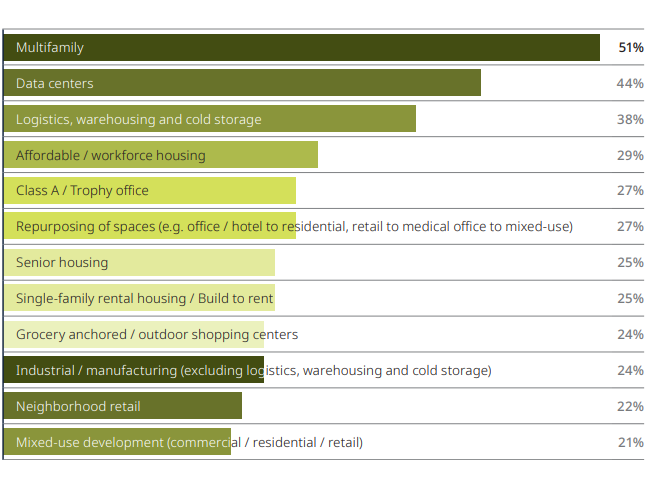
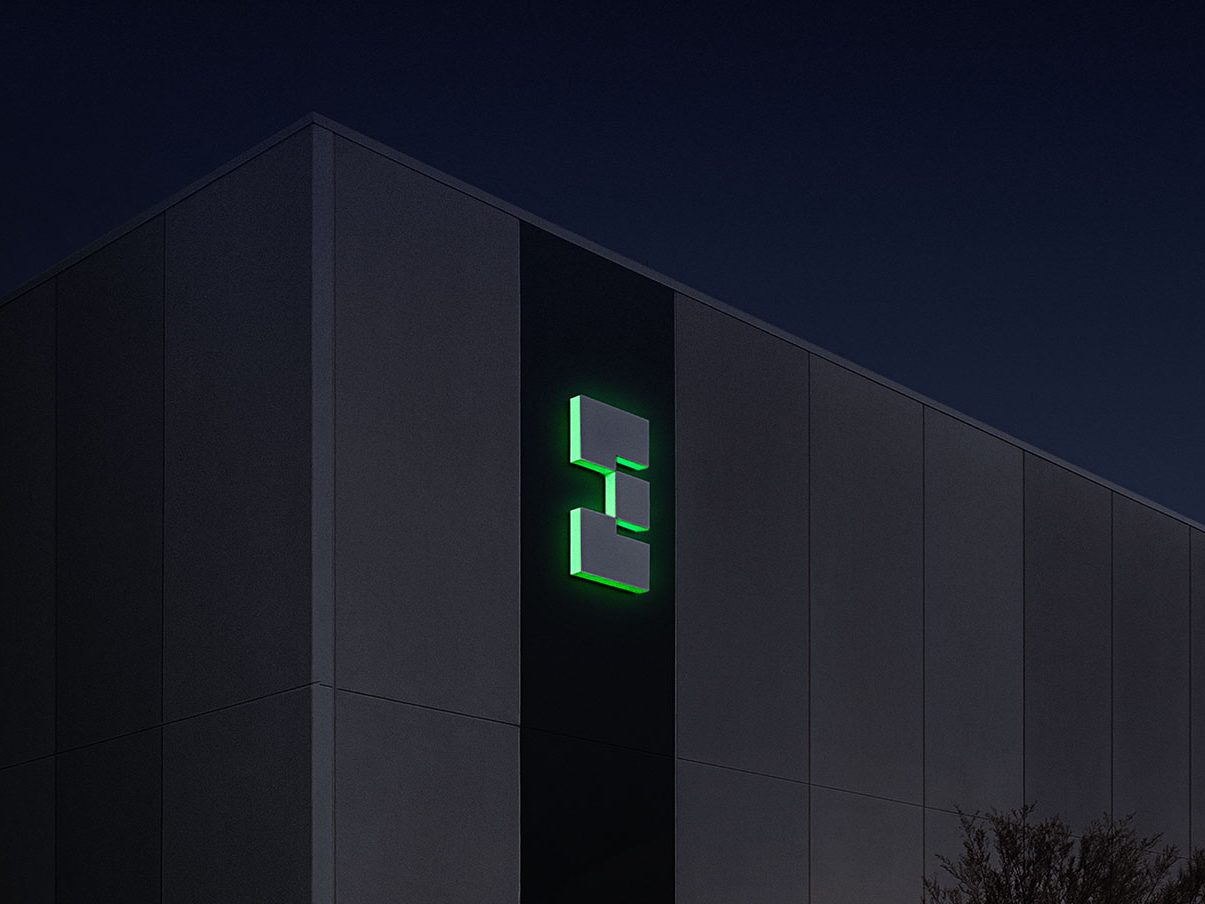
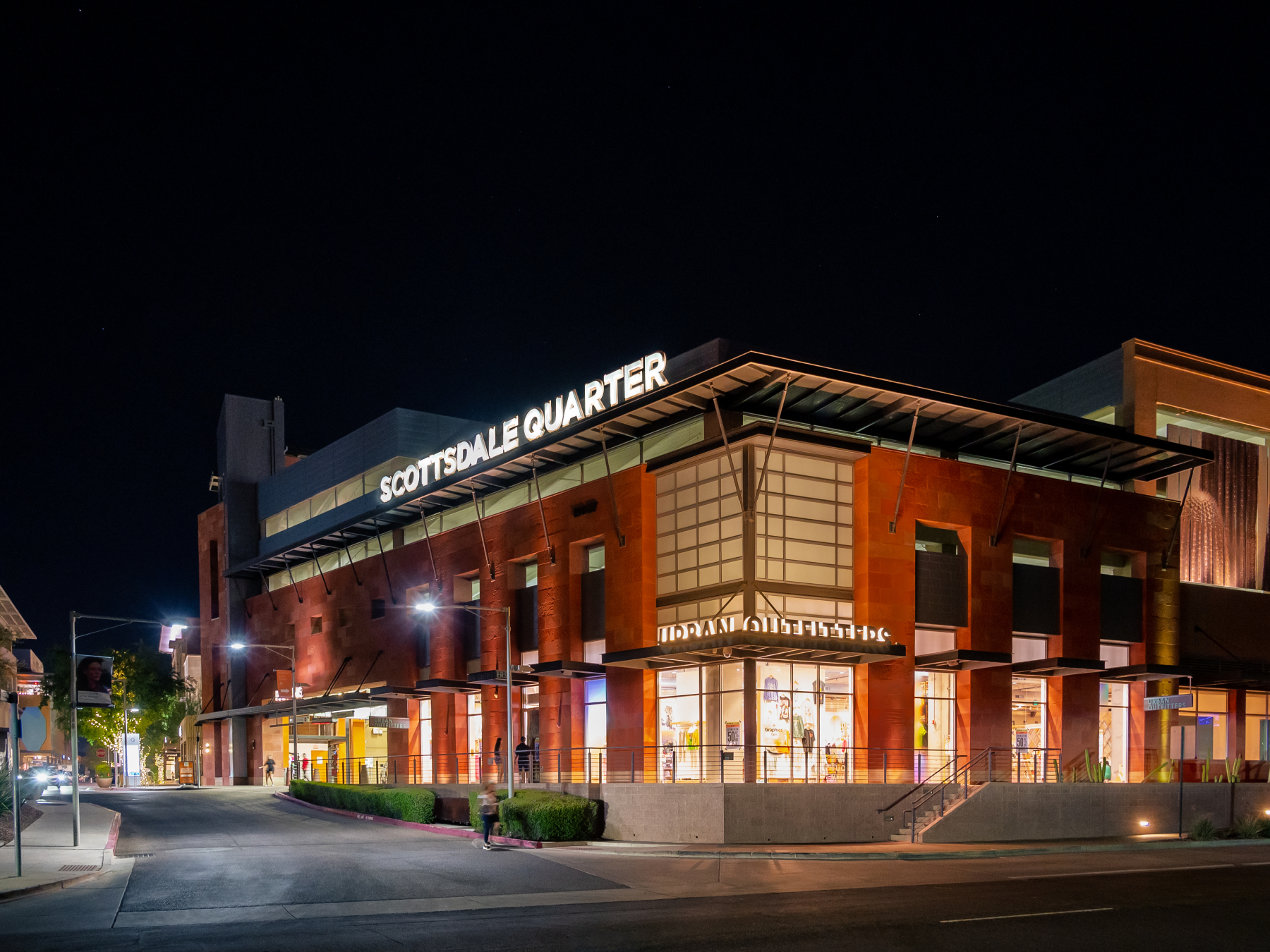
You must be logged in to post a comment.